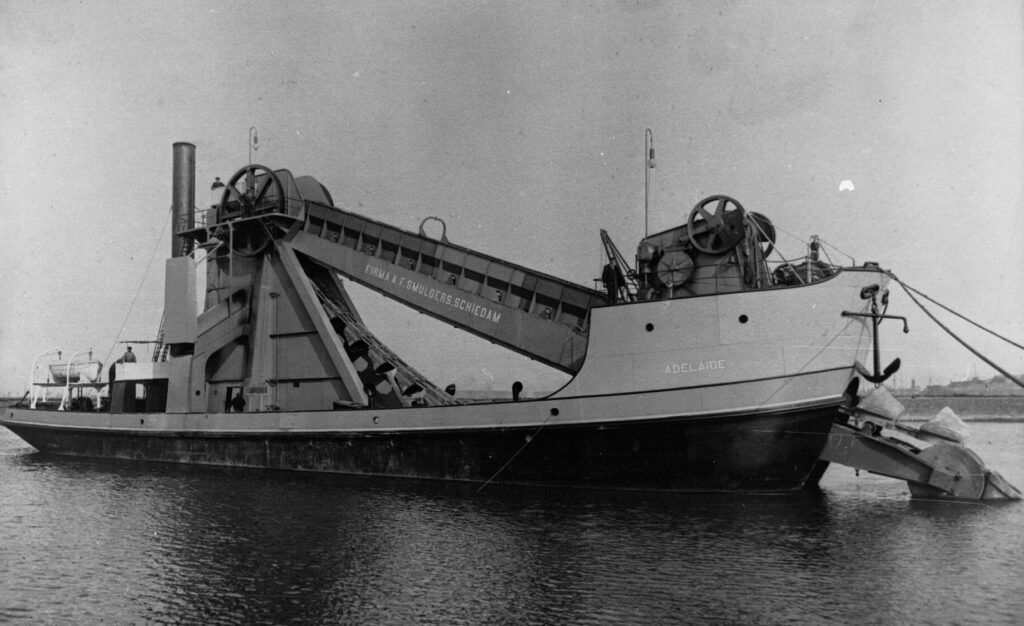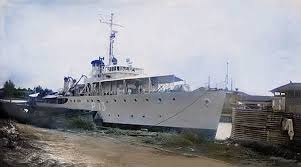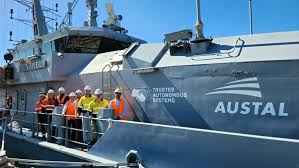At the turn of the 20th century, as Australia’s ports and rivers underwent significant development to support growing trade and migration, Dutch engineering quietly played a foundational role. Central to this was the Dutch firm A.F. Smulders, an industrial and shipbuilding company based in Schiedam, near Rotterdam.
Dutch ingenuity and global reach
Founded in the mid-19th century by Albert Frans Smulders, the company quickly established itself as one of the Netherlands’ leading producers of heavy machinery, cranes, steam engines, and especially dredging equipment. With extensive facilities along the Nieuwe Maas, A.F. Smulders became a key exporter of modular-built vessels and industrial components, which could be disassembled, shipped abroad, and reassembled at their destination.
This flexible approach found a ready market in rapidly industrialising regions of the world, including colonial outposts in Southeast Asia, Africa, and Australasia.

The South Australian: a Dutch dredge on Australian waters
One of the most tangible examples of this Dutch-Australian link was the steam dredge South Australian. Built by A.F. Smulders in 1894 for the South Australian Harbors Board, the vessel was constructed in Schiedam, dismantled for transport, and shipped to Port Adelaide, where it was reassembled and launched.
The South Australian was a steam-powered bucket dredge, designed to deepen and maintain shipping channels along the Port River and other strategic waterways. It played a vital role in expanding South Australia’s maritime infrastructure and remained in operation well into the 20th century.
Today, it is recognised by maritime historians and heritage organisations as a rare example of early international engineering collaboration.
Smulders’ broader impact
While the South Australian is the most well-documented example of A.F. Smulders’ connection to Australia, the company’s influence likely extended further. Dutch-made cranes, winches, and mechanical components from Smulders were known to be used in other Australian ports. Its reputation for reliability and innovation made it a trusted supplier during a period of rapid industrial growth.
The company also supplied electrical turbines and generators to various international markets, including Australia, making it a contributor to the broader development of public utilities and infrastructure.
A shared industrial heritage
The story of A.F. Smulders highlights the role of Dutch engineering in the development of modern Australia. It reminds us that the Dutch contribution to Australia’s progress went beyond migration and agriculture to include world-class industrial know-how.
As efforts grow to preserve and document industrial heritage, the legacy of companies like A.F. Smulders offers an important perspective on the shared history of innovation between the Netherlands and Australia.
See also Gusto – formerly A.F. Smulders


